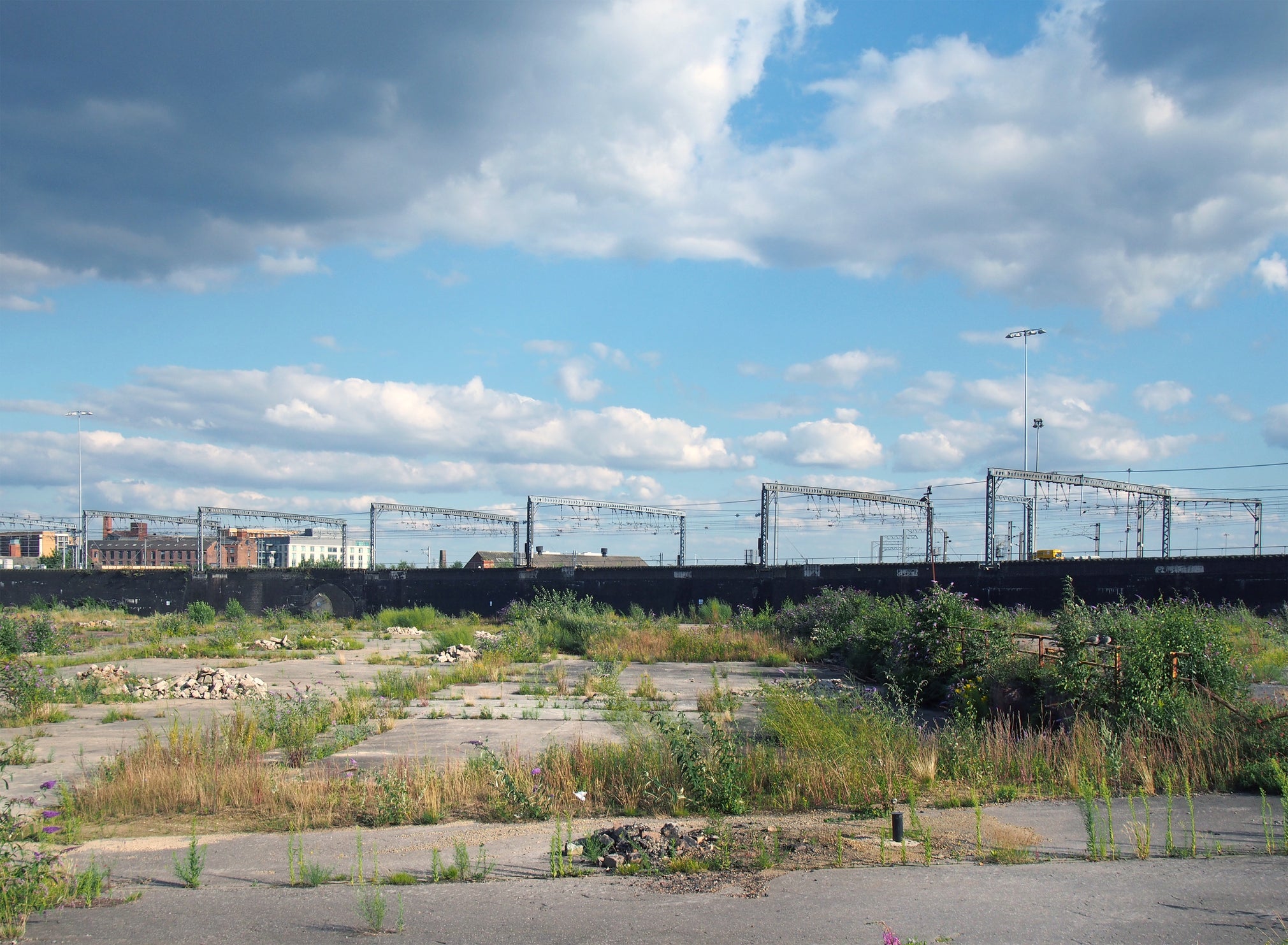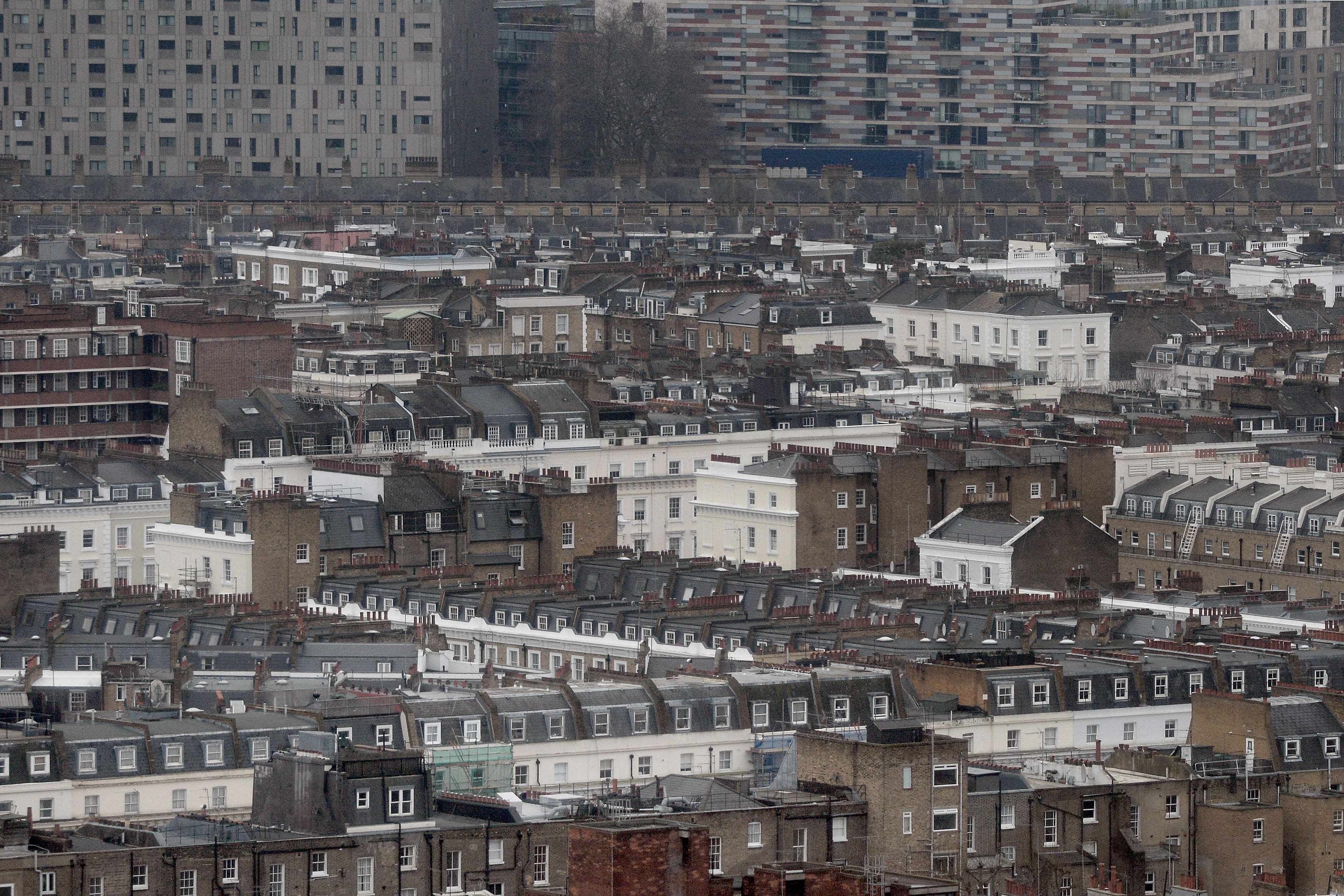What is a greyfield site? Keir Starmer’s plan to overhaul housebuilding in UK
The plans will see low-quality greenbelt areas be released to develop affordable housing

Sir Keir Starmer has uneviled Labour’s plans for a “new generation” of large towns and suburbs in the UK.
As part of his “decade of renewal”, he told the Labour party conference in Liverpool that he plans to build 1. 5 million homes in urban areas in an effort to deal with Britain’s housing crisis.
Plans to do so will mean releasing area of ‘low-quality’ land such as scrubland, car parks or deserted shopping centres from the greenbelt. These “greybelt” areas will become brownfield areas, defined as land that has already been built on, and developed into affordable housing.
“It’s time to get Britain building again. It’s time to build one-and-a-half million new homes across the country. Opportunities for first time buyers in every communities,” Starmer said.
He added: “Where there’s good infrastructure, where there’s good land for affordable homes, we’ll get shovels in the ground, cranes in the sky and build the next generation of Labour new towns.”
However, questions have been raised as to whether these plans could come to fruition. Brownfield development proposals have historically been met with local opposition.
In July, the Conservative government announced a new raft if proposals to increase housebuilding, focusing on developing brownfield sites. But the proposals were met with immediate disdain from MPs labelling them as “nonsense plans to impose mass housebuilding”.
Below, The Independent looks at key questions surrounding Starmers latest housing proposals:

What is greyfield land?
The term greyfield land was first coined in the late 1990s in the UK and applies to buildings and land in towns and cities that is underused.
In the UK the term mainly refers to housing developments in airspace above car parks or on rooftops. But it is likely under the new proposals disused amenities such as empty shopping centres will be deemed as greyfield sites, as they are currently in the US.
Many greyfield sites are currently considered to be part of Britain’s greenbelt, so the policies would mean releasing the land and to make them brownfield sites for planning purposes.

What are the proposed plans?
Keir Starmer announced today that Labour will “get Britain building” and announced a “new generation” of large towns and suburbs, with Georgian-style townhouses in urban developments.
He says these areas would be developed by state backed companies with compulsory purchase powers, with amenities including doctors’ surgeries, schools and transport links “hardwired” into the plans.
Labour is set to focus on the south of England, including Cambridge and the M1 corridor around Milton Keynes, according to The Times.
However, Mr Starmer is set for a major row with “nimby” and countryside campaigners, since he will also commit to building on the some greenbelt areas – saying low-quality green belt such as scrubland and car parks should be released.

Can it work?
Plans to develop brownfield and greenbelt land alike has historically been met with local opposition.
Since the 1990s, governments have historically adopted a ‘brownfield first’ approach, which sees brownfield land prioritised for development over greenbelt land.
Earlier this year, the Conservative government reiterated their commitment to developing on brownfield land, but was met with opposition almost immediately.
In Brighton, a plan to build nine new houses on a backstreet site occupied by garages was rejected in August after neighbours expressed concern for their “sleep, wellbeing and mental health”.
Currently, three Leicestershire MPs have called on Harborough district council to refuse almost 2,000 additional homes in the area, expressing concerns of more commuting, pollution and traffic jams.
Adressing the Labour conference in Liverpool, Mr Starmer said: “In the face of resistance - and there will be resistance - from people who say ‘no, we don’t want Britain’s future here,’ my message to them is this- A future must be built.
“That is the responsibility of serious government and if we continuously wash our hands of this task we all end up in a rut. Just like now. So it’s time to get Britain building again”.
Join our commenting forum
Join thought-provoking conversations, follow other Independent readers and see their replies
Comments


Bookmark popover
Removed from bookmarks